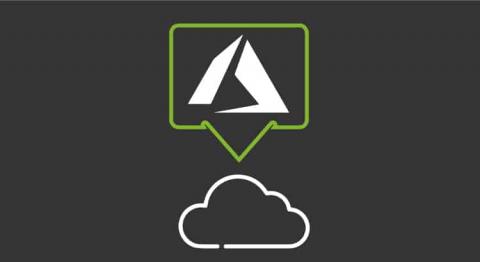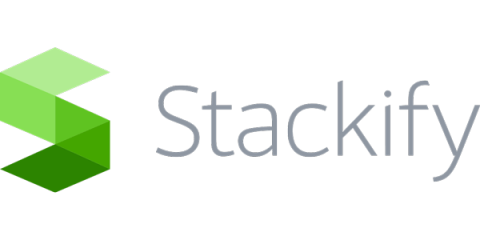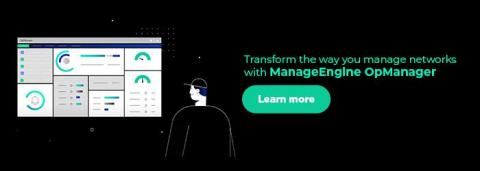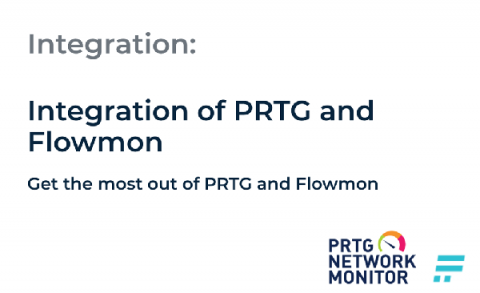The importance of Cloud monitoring: Azure
Technology is evolving exponentially, and with it the size of the data that needs to be saved increases and the great need to access them quickly, easily and, above all, from anywhere. Every day that goes by, the use of cloud becomes even more essential for companies. For that reason, cloud computing services have started to emerge in order to meet these needs. Among them, Azure.











